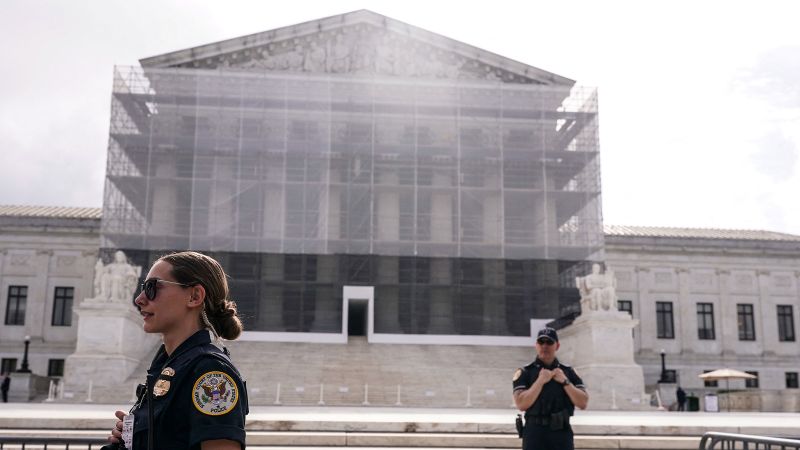On a significant Thursday, the Supreme Court made a landmark ruling that narrows the scope of environmental reviews necessary for major infrastructure projects. This decision has the potential to expedite the approval process for critical constructions like highways, airports, and pipelines, directly impacting the balance between environmental oversight and industrial progress.
The timing of this decision comes as a considerable disappointment for environmentalists, particularly amid a series of rulings from the conservative majority in the Supreme Court. Over the recent past, the Court has rolled back several regulations designed to safeguard wetlands and reduce air pollution across state lines. Former President Donald Trump, during his administration, persistently criticized the federal environmental review system, branding it overly complicated and hindering progress.
At the heart of this ruling is the National Environmental Policy Act (NEPA), an influential piece of legislation enacted under President Richard Nixon, often hailed as a cornerstone of modern environmental law. The NEPA was established to ensure that federal agencies consider the environmental effects of proposed actions before making decisions. However, the Supreme Court’s recent decision reshapes how this law is to be interpreted by emphasizing that procedural checks, rather than substantive barriers, should govern decisions regarding environmental reviews.
Justice Brett Kavanaugh authored the opinion for the Court, and notably, there were no dissenting opinions. The ruling signifies an unusual consensus among justices from both liberal and conservative backgrounds, explicitly affirming the need to minimize judicial oversight over agencies’ decisions as long as they adhere to a broad standard of reasonableness.
In his ruling, Kavanaugh emphasized that the environmental considerations associated with the case—a proposed 88-mile railway transporting waxy crude oil from Utah’s Uinta Basin—were straightforward and uncomplicated. His assertion was clear: courts should avoid micromanaging agency decisions within NEPA’s regulatory framework. He pointedly stated that NEPA serves as “a procedural cross-check, not a substantive roadblock,” aimed to inform agency decision-making rather than to obstruct it.
Adding complexity to the ruling, Justice Neil Gorsuch recused himself from the case without providing a public explanation. This decision followed concerns raised by Democrats regarding a potential conflict of interest related to Denver-based billionaire Philip Anschutz, known for his longstanding affiliation with Gorsuch.
The Supreme Court’s liberal justices also supported the overall outcome but brought forth an alternate rationale. Justice Sonia Sotomayor, representing the liberal trio of Justices Elena Kagan and Ketanji Brown Jackson, articulated that environmental reviews should remain within the bounds of an agency’s expertise. She emphasized that the Surface Transportation Board, responsible for the review,’s primary focus lies in transportation rather than oil refining, drawing a distinction between the board’s jurisdiction and broader environmental implications.
The case itself revolved around the proposed railway project designed to facilitate the movement of crude oil to refineries nationwide. While the Surface Transportation Board carried out a legally mandated environmental review, critics claimed that the examination lacked scope and failed to address downstream environmental impacts, such as the consequences of increased oil refining.
Interestingly, the Biden administration echoed this more streamlined approach to environmental reviews, signifying a rare alignment with the Trump administration, which also sought to expedite the process by arguing that extensive environmental studies lead to unjustifiable delays.
With legislative changes approved by Congress last year mandating that environmental reviews be constrained to 150 pages, legal representatives claimed that comprehensively considering all downstream effects within such a limitation would be virtually impossible. Various environmental groups, including Earthjustice, spearheaded lawsuits against the review, arguing that the implications of a less thorough investigation could set a dangerous precedent for how environmental impacts are addressed nationwide.
Sam Sankar from Earthjustice articulated the broader significance of the case, asserting that it transcends the specific railway project and reflects a troubling trend in which the fossil fuel industry may manipulate legal frameworks to obscure health risks associated with government decisions.
In summary, while the recent Supreme Court ruling may provide a streamlined pathway for infrastructure development, it raises essential questions concerning environmental protection, agency accountability, and public health, ultimately impacting communities across the nation.



